-
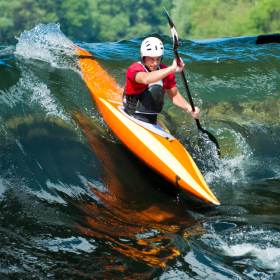
In canoe and kayak races, does having more paddlers help - providing more "engine power" - or slow the boat down, as there is more weight to push through the water? John Barrow investigates in this short article aimed at older students and general readers.
-

Much has been made of the swimming events for London 2012 because the previous 2008 Beijing Olympics saw an unprecedented number of new world records, due to the use of controversial swimsuits. So how do these suits improve performance? Marc West investigates in this article aimed at general readers and older students.
-

Is the conventional pattern of rowing blades in a racing four or eight - alternately right-left, right-left as you go from one end of the boat to the other - the best arrangement? John Barrow investigates the appeal of alternative rowing rigs to minimise boat wiggle in this article aimed at general readers and older students.
-
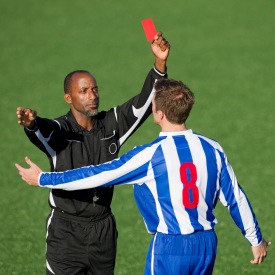
If your team scores first in a football match, how likely is it to win? And are maths and sportsmanship at odds on whether players should ever commit a professional foul? John Haigh shows us how to use probability to find the answers in this article aimed at general readers and older students, and explains the implications for the rules of the game.
-

How long will football managers stay with their team, and does talent matter? Marc West investigates how mathematical power laws can shed light on predicting managers' tenure in this article aimed at general readers and advanced students.
-
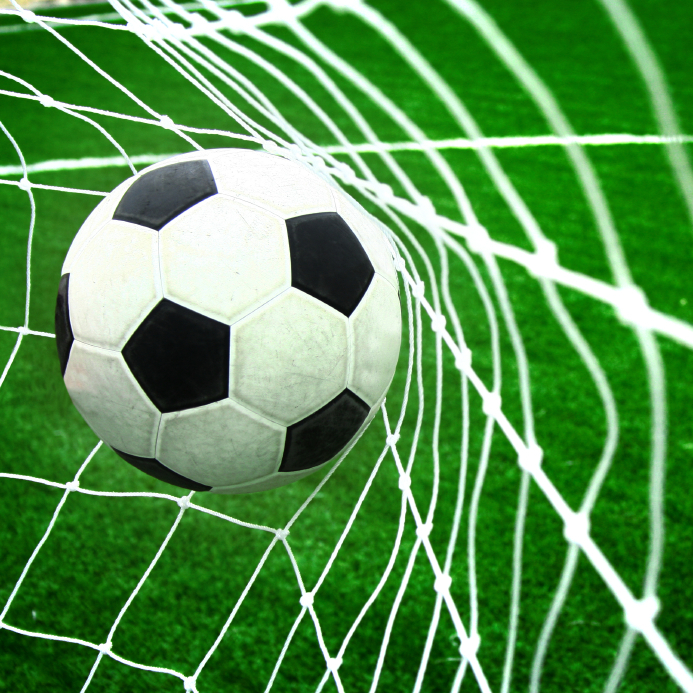
What tactics should a soccer player use when taking a penalty kick? And what can the goalkeeper do to foil his plans? John Haigh uses Game Theory to find the answers in this article aimed at general readers and older students.
-
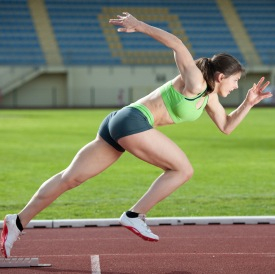
Runners and cyclists can tolerate heat and cold but the thing they dislike most is wind. They know it produces slower lap times on loop courses. John Barrow sees whether mathematics can provide the answer why in this short article aimed at older students and general readers.
-
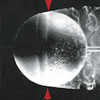
What makes a perfect football? Anyone who plays or watches the game can tell you that the ball must be round, retain its shape, be bouncy but not too lively and, most importantly, be capable of impressive speeds. This last point is all down to the ball's surface, and Ken Bray explores how mathematics contributes to understanding this ultimate goal in ball design.
-
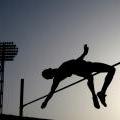
If you are training seriously for any sport then you are in the business of optimisation - doing all you can to enhance anything that will make you do better and minimise any faults that hinder your performance. John Barrow takes a look at how mathematics helps athletes optimise their performance in the high jump and pole vault in this article aimed at older students (Key Stages 4 and 5).
-
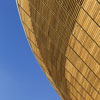
The Velodrome, with its striking curved shape, was the first venue to be completed in the London Olympic Park, and was shortlisted for the 2011 RIBA Stirling Prize, the UK's most prestigious architectural award. This article interviews structural engineers Andrew Weir and Pete Winslow, part of the design team for the Velodrome, to discover how mathematics helped create its iconic shape.

